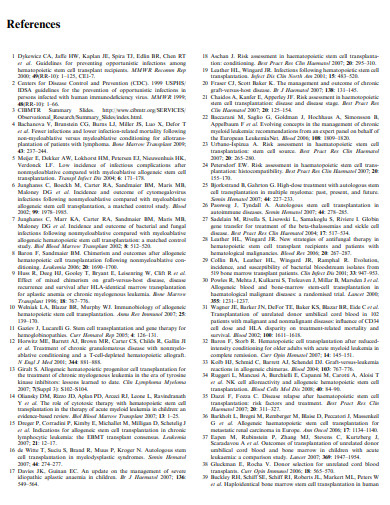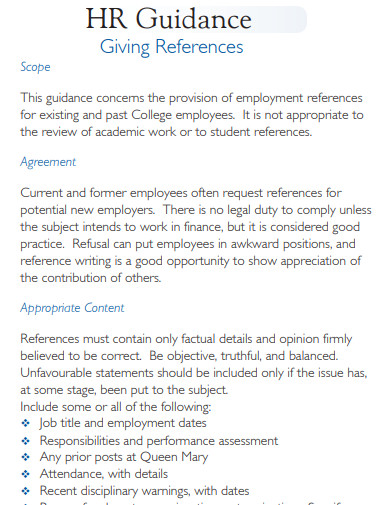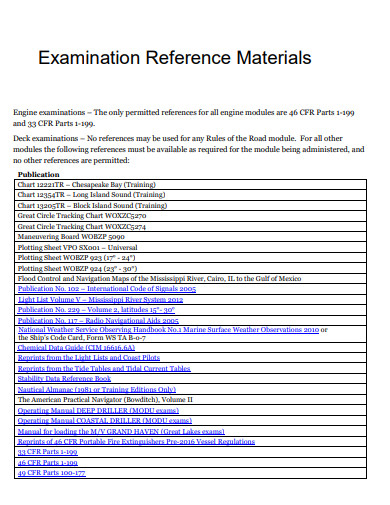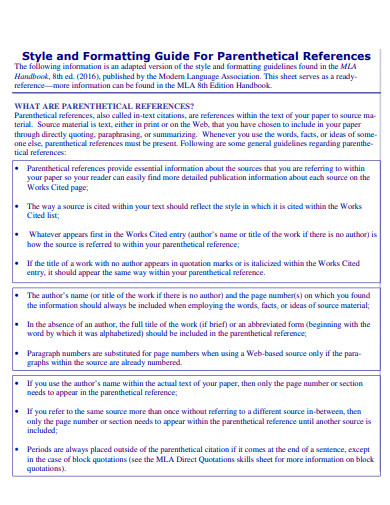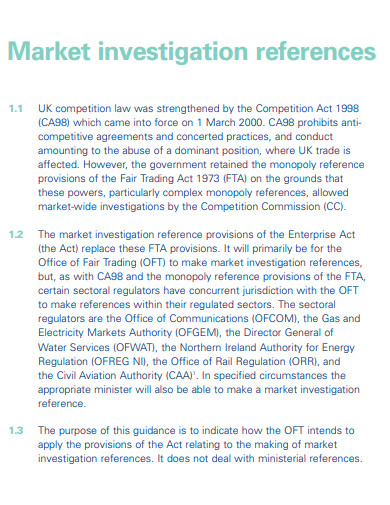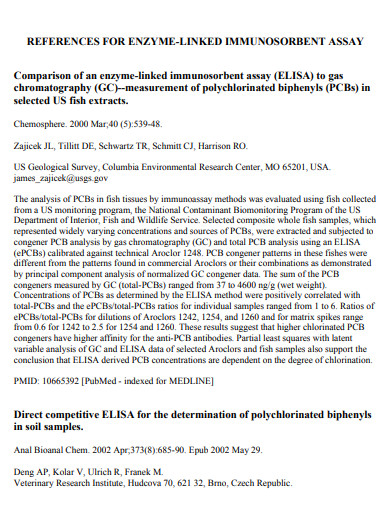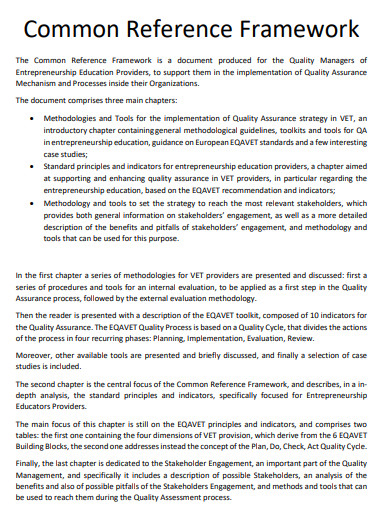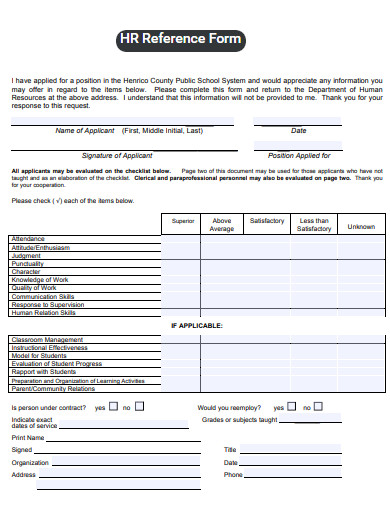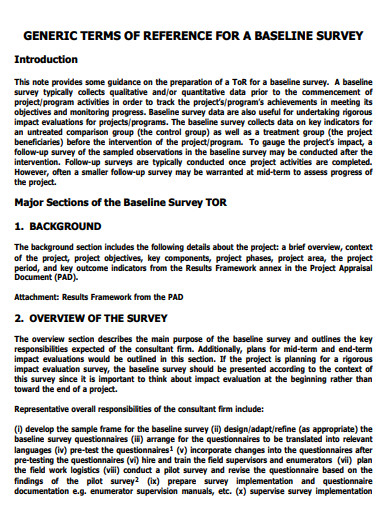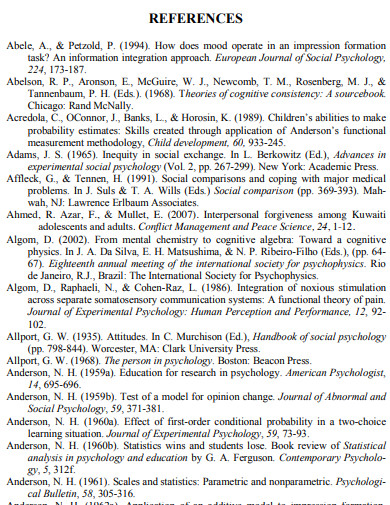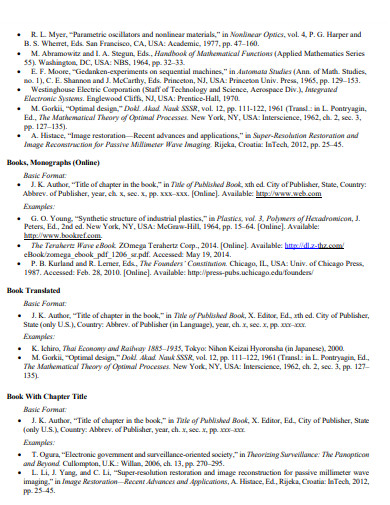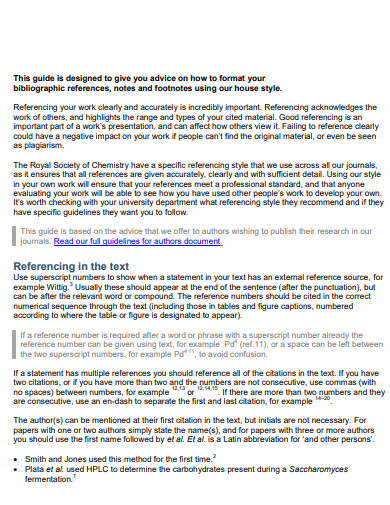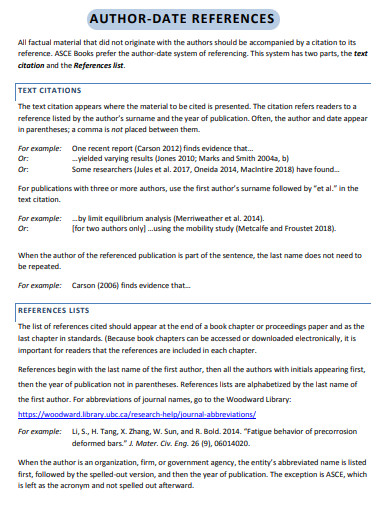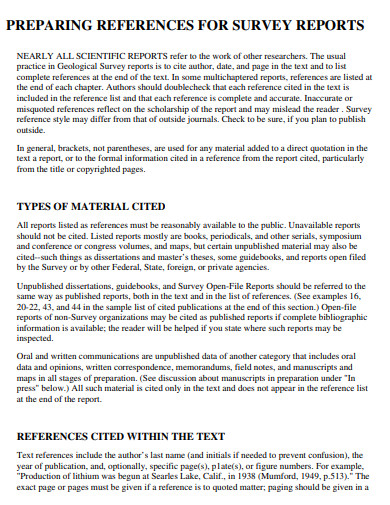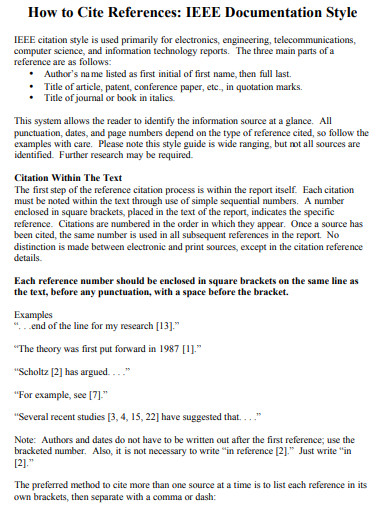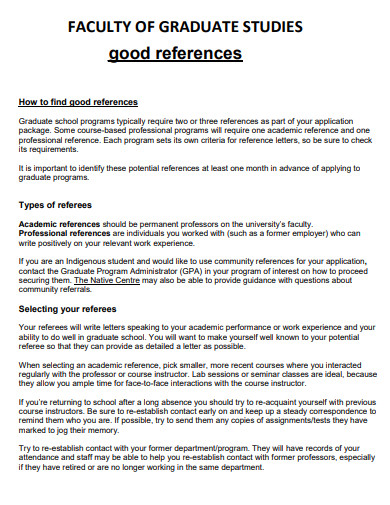24+ Professional References Examples to Download
In the competitive world of job hunting, having a well-crafted set of professional references can be the key to unlocking your dream job. This comprehensive guide will walk you through the process of drafting your professional references, providing examples, ideas, and templates to ensure you stand out from the crowd.
1. Reference Sheet Template
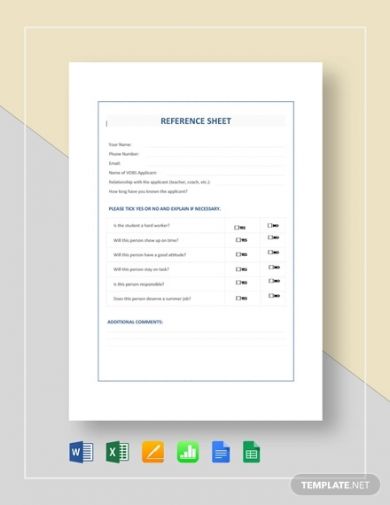
2. Reference Thank You Letter
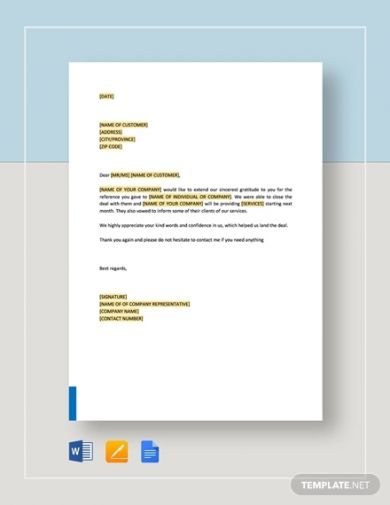
3. Reference Request Notice Template
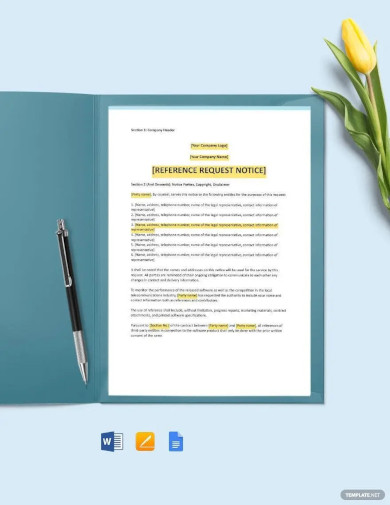
4. Reference Letter For Student
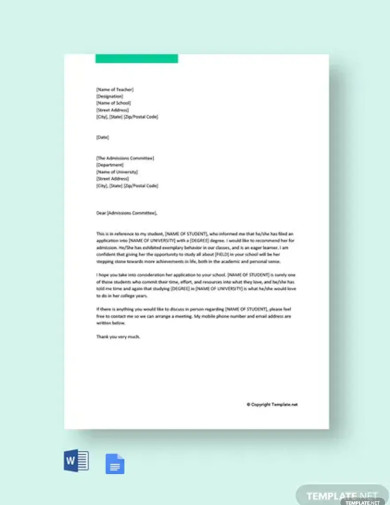
5. Reference On Qualifications Template
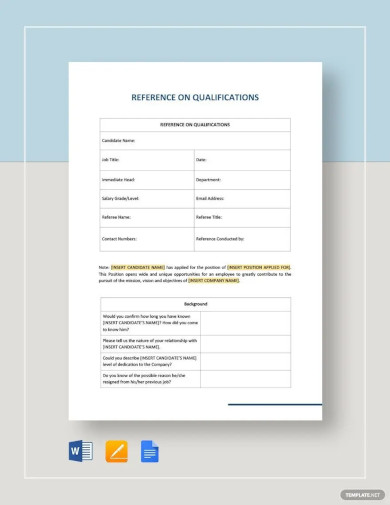
6. Professional Reference Example
7. Cultural References
8. Letter of Recommendation from Professor to CEO
9. CEO Reference Letter
10. HR References
11. Examination Reference Materials
12. Parenthetical References
13. Market Investigation References
14. References for ELISA
15. Common Reference Framework
16. HR Reference Form
17. Generic Terms of Reference
18. Editable Reference Example
19. Free Reference Example
20. Basic Reference Example
21. Author Date Reference
22. References for Survey Report
23. How to Cite References
24. Faculty References
25. Sample Bank Credit Reference Letter
What is a Professional Reference?
Professional references are a collection of individuals who can vouch for your qualifications, skills, and abilities in a professional context. They are typically former employers, colleagues, or mentors who can provide a positive account of your work ethic, character, and job performance.
How to Draft Your Professional Reference
Before we delve into the steps, it’s important to understand that drafting professional references requires careful thought and consideration. You want to ensure that your references reflect your professional journey accurately and positively.
Step 1: Select Your References
Start by identifying individuals who know your work well and can speak confidently about your abilities. Consider people you’ve worked with closely in your previous roles, such as supervisors or colleagues. Remember, a glowing reference from a ‘Job Resume‘ can make a significant difference.
Step 2: Request Permission
Before listing someone as a reference, always ask for their permission. This step is crucial as it prepares them for potential contact from employers and allows them to think about what they might say.
Step 3: Organize Your Reference Information
Once you have your references’ permission, organize their information. This includes their full name, job title, company, contact information, and a brief note about your relationship with them. You can find a variety of ‘9+ Reference List Examples‘ to guide you in this process.
Step 4: Incorporate Relevant Details
In your ‘Bio‘, include details about your ‘Hard Skills‘ and ‘Soft Skills‘. This information will help your references tailor their recommendations to the job you’re applying for.
FAQs
How many professional references should I include?
Typically, employers ask for three professional references. However, it’s a good idea to have a few extra in case one of your references is unavailable.
Can I include references in my resume?
While you can, it’s more common to provide references upon request. This allows you to tailor your references to each job application. Check out our guide on creating the ‘Perfect Resume‘ for more tips.
What if I don’t have professional references?
Consider people you’ve worked with in a non-professional setting, like volunteer leaders or coaches. Alternatively, you can use a ‘CEO Reference Letter‘ if you’ve had direct interaction with a company’s leadership.
Crafting professional references is a strategic process that can significantly impact your job application. By selecting appropriate references, seeking their permission, and organizing their information effectively, you can create a compelling case for your candidacy. Remember, your references are an extension of your professional story, so choose them wisely.


